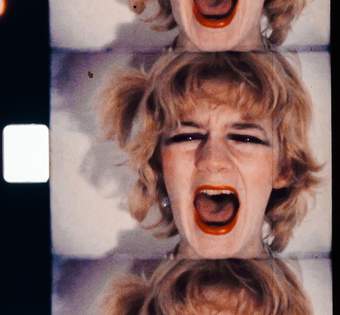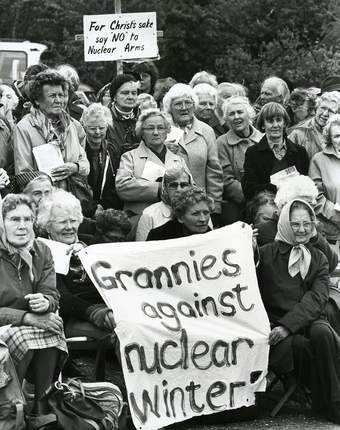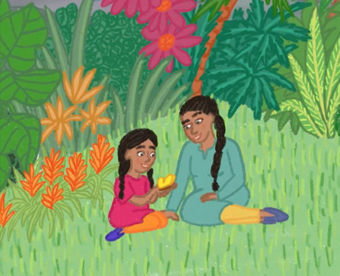Subcultures provided opportunities for new models of womanhood from the mid-1970s. Punk, post-punk and alternative music scenes combined socially conscious, anti-authoritarian ideologies with DIY methods. Technical virtuosity was out, and the amateur was in. Freed from the pressure of being the best, the first, or the most original, artists began trashing the conventions of both high and popular culture, giving rise to new forms of expression.
Young musicians, artists, designers and writers set up bands, record labels, fanzines, collectives and club nights. They created work that pushed the boundaries of acceptability, often using clashing and violent imagery and explicit material. For many women this meant subverting gender norms, embracing the provocatively 'unfeminine' as well as the hypersexual.
Through their DIY methods, multi-disciplinary approaches and challenge to the status quo, these subcultures had much in common with the women's movement. Yet artist and musician Cosey Fanni Tutti notes: 'I aligned myself more with Gay Liberation than Women's Liberation... Freedom "to be" was my thing. I didn't want another set of rules imposed on me by having to be "a feminist".' For zine writer and punk feminist Lucy Whitman (then Lucy Toothpaste), it didn't matter whether these women identified as feminists or not, 'in all their lyrics, in their clothing, in their atitudes - they were challenging conventional attitudes'. These artists were freeing women of the bondage of expectation and helping them redefine women's role in society.




